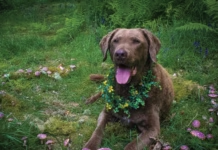Feature Image:
Titania (1866) by John Simmons
© Bristol Museums, Galleries & Archives / Bridgeman Images
As you wander through the forest, the enchanting melodies of the birds and the gentle rustling of leaves guide your steps deeper into the realm of the fae. Every breath fills you with the essence of the deep wood, connecting you to its ancient energy. The dappling sunlight creates a dance of shadows and light, painting the forest floor with shifting patterns of gold and green. You feel a sense of wonder and reverence for the vibrant life all around you, knowing that you are stepping into a realm where magic is tangible and alive.
“A lady, with whom I was riding in the forest, said to me, that the woods always seemed to her to wait, as if the genii who inhabit them suspended their deeds until the wayfarer has passed onward: a thought which poetry has celebrated in the dance of the fairies, which breaks off on the approach of human feet.” –—Ralph Waldo Emerson
In numerous cultures, the idea of nature fairies—faeries or fae, in more archaic spellings—has fascinated humans, and this affinity has been reflected in religious and spiritual practices, and in various forms of art and storytelling. Timeworn folktales of the fae interacting with human beings have been passed down from generation to generation, across continents.
The English word fairy comes from the Latin fatum. It means “fate,” as do other derivatives around the world, including the French word fée, the Italian fata, and the Scottish variant fae. But however you prefer the word, you can entwine your fate with the fae this summer, if you wish.
A Brief Fairy History
When you hear the word fairy, what kind of vision comes to mind? Do you imagine a tiny feminine sprite with delicate gossamer wings and a gauzy tunic bedecked with sparkle and shine? A kindhearted being that grants wishes, waving a wand with pixie dust trailing behind it? Just like other mythical entities of old—unicorns, dragons, elves, and mermaids—faeries have been morphed by popular culture into modern versions that only vaguely capture the enchantment and splendor of their original forms.
The first “fairy” tales emerged in Greek mythology, where faeries are depicted as fierce protectors of the natural world. The gods and goddesses who created Earth also created these alluring, tiny nymphs of the meadow, forest, trees, and water, each designated to care for their respective natural environments. The masculine nymphs, known as satyrs, are depicted as both good and evil, while the feminine nymphs are portrayed as pure and innocent. Similar creatures can be found in the folklore of other cultures, and are particularly prevalent in the lore of the Celts. Some are benevolent, helpful faeries like pixies and elves; others can be mischievous and spiteful—
especially if they become upset—like leprechauns and Celtic brownies. Other Celtic faeries include the grogochs, merrows, korrigans, dullahans, pookas, and bean sídhes. This collective of legendary, magical beings serves as a foundation for later faerie myths.
During the medieval and Renaissance periods in Europe, the concept of faeries and the belief in them was strong, especially in the British Isles. Like their earlier counterparts, they were associated with nature and believed to inhabit and watch over forests, gardens, and bodies of water.
In the Elizabethan and Jacobean eras of the 16th and 17th centuries, a growing fascination with faeries took place in artistic and literary circles. In his work, Shakespeare portrayed faeries as graceful, otherworldly beings that dwelled in enchanted realms, separate from the world of humans. This concept progressed into the Victorian era, where the idea of faeries became more whimsical and romanticized, as featured visually in artwork by John Anster Fitzgerald, Richard Dadd, Sophie Gengembre Anderson, and numerous others, and musically in Tchaikovsky’s “Dance of the Sugar Plum Fairy” from The Nutcracker. Cicely Mary Barker, beloved artist of the early 20th century, adopted a more idealized view of these creatures in her illustrations, portraying them as innocent and childlike with strong connections to nature.
Modern adaptations of the 20th and 21st centuries present faeries as magical beings filled with mystery, some benevolent, some tricksters. Think of J.R.R. Tolkien’s writings about Middle-earth, where the terms elves and fairies are used interchangeably. And of course, there is the Harry Potter series, where we see Neville Longbottom in The Chamber of Secrets with electric-blue Cornish pixies—mischievous, winged creatures flying through the air, wreaking havoc.
Are Faeries Real?
You will have to decide for yourself, but recognize that there have always been and continue to be non-physical, non-tangible mysteries and enchantments that cannot be explained by materialistic thinking or science. As Shakespeare wrote in Hamlet, “There are more things in heaven and earth … than are dreamt of in your philosophy.” Think of fairy rings of mushrooms, spiritual sites like Stonehenge, and intricately designed crop circles.
Connecting With the Fae
Spirits of the faerie realm can be felt strongly during the warmer months, when flora are blossoming and wildlife is thriving, and when much needs tending to after awakening from a long winter’s nap.
In my personal experience as a psychic medium living in the woods of rural Maine, I can say that fae energy takes on many forms. Some entities are very small and commune in clusters. I’ve had the gift and pleasure of witnessing fae inside my home that look like green phosphorescence. Other spirits are grand and may watch over the trees. Garden fae will help you design and tend to your gardens, especially more natural, wilder gardens with native plants that support all life in that habitat. For example, I once asked the fae for help with a magnolia tree, and that year it grew a foot and sprouted new branches. Another year I had wild blue vervain pop up out of nowhere in one of my gardens at the edge of the woods. It turned out to be an herb that my body was in need of. Have you ever noticed surprise flora popping up in the soil?
The fae can enter dreams, daydreams, and thoughts. They especially like to enter my thoughts during the summer months (I invite them in), generously helping me on my foraging expeditions. In one early-morning vision, I was shown an
area of a forest nearby filled with ripe, fruity chanterelle mushrooms. When I went to the spot, to my surprise it was just like my dream—lush with these edible mushrooms! On another foraging expedition for medicinal usnea, or beard lichens, I felt taken by an invisible hand in the forest and led to a tree, where I heard the words, “Look up!” I did, and attached all over the tree branches was an abundance of usnea. I’ve also been led to edible and medicinal mushrooms by a black butterfly whose wings were edged in white.
To attract your own fae guides, first spend time with the spirits of the trees. I hug trees if they are willing. I talk to them and thank them. If you listen, they will speak to you. I have a journal filled with wise messages from the trees.
If you make a genuine effort and commitment to connecting with fae energy, you will notice many benefits. Your mood will be uplifted and your inner child will be awakened through feelings of playfulness, wonder, and a sense of freedom. The fae are inspiration for magic, for making art, and for any kind of creative endeavor.
An Exercise for Connecting With the Fae
Visit a favorite natural spot and get comfortable. Close your eyes and take slow, deep breaths. Breathe in the energy offered by the setting. Feel your own energy mixing with it.
The fae spirits of the land will connect and present to you in a natural way of their choice. Open yourself to their wise messages, in whatever manner they decide to communicate with you. You might feel bodily sensations, see light, colors, or hear words or musical sounds. Stay open and observant.
After your session comes to an end (you will feel when it does), give thanks to the fae for their messages and envision yourself disengaging from their energies. Take some time to reground yourself (deep breaths, or a bite of a snack you bring with you). Reflect on the messages you received from the generous nature spirits. Keep those insights in a special journal. Incorporate their guidance into your daily life.
Painting: Take the Fair Face of Woman (1869), by Sophie Gengembre Anderson. Courtesy Wikimedia Commons.
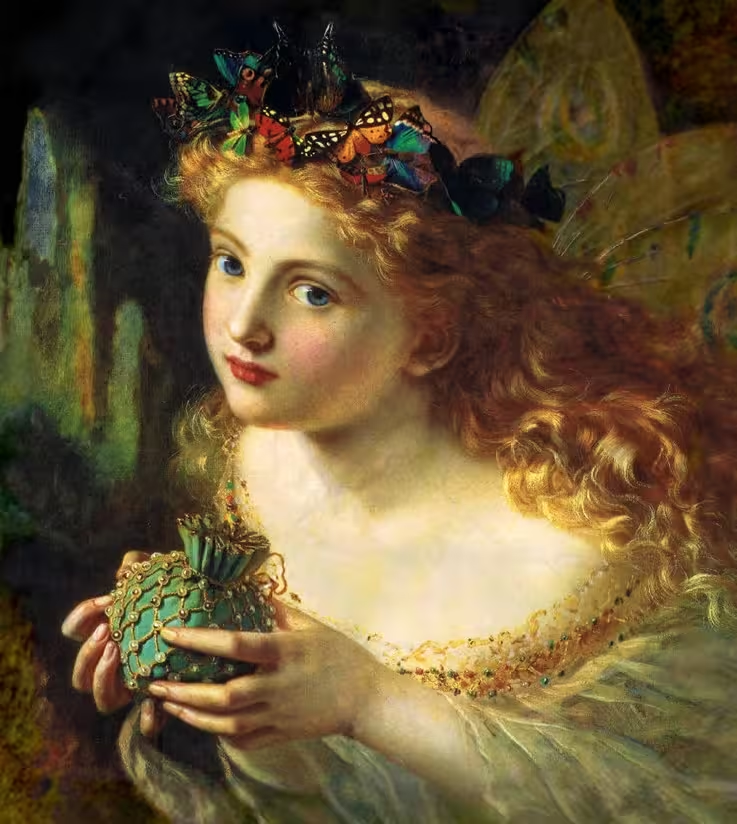



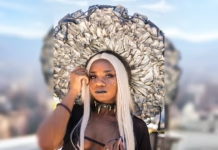
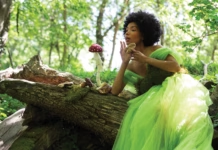

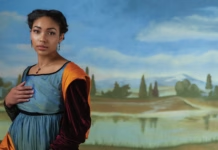
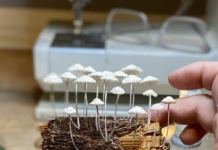
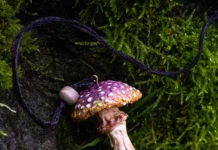

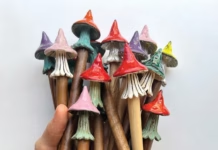


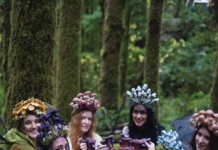

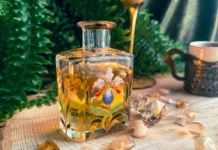
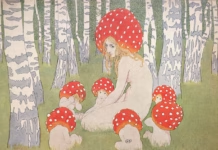
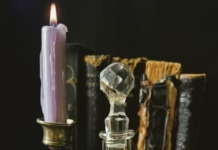
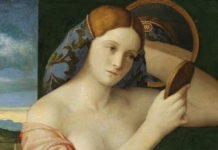
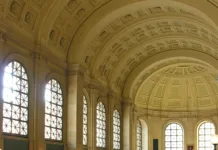

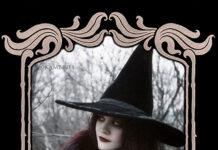


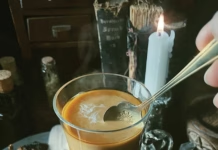
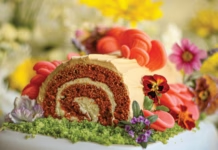
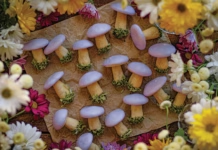


 Enchanted Living is a quarterly print magazine that celebrates all things enchanted.
Enchanted Living is a quarterly print magazine that celebrates all things enchanted. 